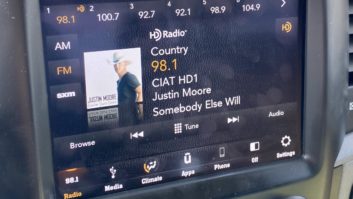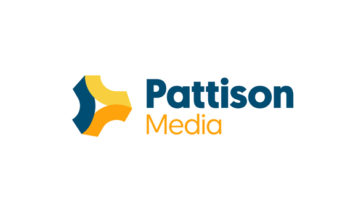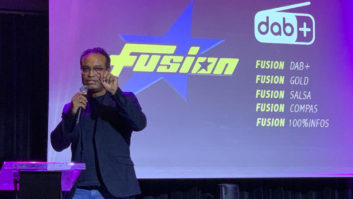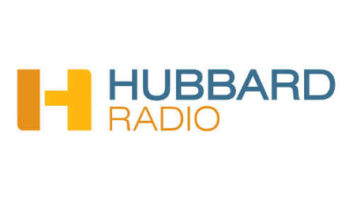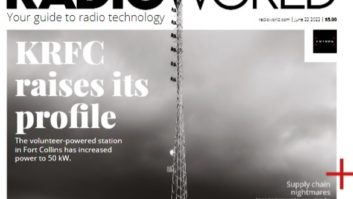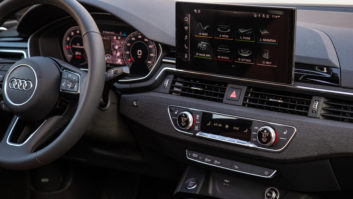The gains for HD Radio
Mar 1, 2008 12:00 PM
Most AM analog stations follow the NRSC 10kHz standard meaning they actually broadcast a 10kHz signal. Believe it or not, a number of AM receivers actually get that quality, but the majority of them cut off as low as 3.5kHz. AM stereo radios required full utilization of the 10kHz signal which is why even talk shows sounded so good on an AM stereo radio. FM HD Radio signals are broadcast in, literally, CD 44.1kHz quality.
I don’t know how far HD Radio-equipped stations blanket analog AM stations but I can provide you with a very educated guess that the actual receiver has a lot to do with rejecting that interference or permitting it.
In real-life situations, an AM station broadcasting an HD Radio signal will sound just as good as an FM station broadcasting an HD Radio signal on a car radio capable of receiving both signals. Only a few women (virtually no men) can actually hear above 15kHz. AM radio, in my opinion, actually stands to gain the most by HD Radio for both the sonic improvement and the elimination of buzzing that has plagued AM radio for decades.
I am on the NAB Spectrum Integrity Committee. Many broadcasters I talk with remain skeptical about the future of HD Radio regardless of whether it’s on the AM or FM band. My advice to them is get over it and embrace the technology, as the alternative is very nasty. Is HD Radio perfect? No. Has it gained acceptance by listeners yet? Again the answer is no. That’s the bad news; the good news is Walmart, Best Buy and others are now actually selling HD Radio receivers and the price continues to drop. The public will buy it if we give them something they want and feel they can’t get elsewhere, especially for free. AM radio desperately needs the sonic quality of today’s FM station and HD Radio provides that quality; FM stations need the extra channels HD Radio allows to create programming and provide revenue. XM and Sirius aren’t our competitors; our collective resistance to change the fundamental way we do business is our real competition and we have nobody but ourselves to blame if we fail.
William J. Wertz
Wertz Media Consulting
Friday Harbor, WA
LPFM woes
Chriss, I read your note about ownership changes in a recent Viewpoint, and sense that, like me, you are not entirely satisfied with the job the FCC is doing these days.
I have had conversations with others recently about the FCC wanting to further crowd the FM spectrum with new LPFMs so that the minorities have better access to the airwaves. I think the FCC has done it again by placing itself in a bad situation. It cut back on funding for enforcement, leaving the brunt of the responsibility to police the airwaves to the licensees, and now it wants to create more interference by adding low-power stations that have very little to lose, not to mention the non-certified equipment they will probably use (because it’s available and cheap). Oh, did I mention that they are proposing to lift the third-adjacent spacing rule for LPFMs too? How will the FCC even come close to enforcing the Rules with thousands of these new stations on the air? We have a good example of what will certainly happen with pirate operators.
What are these guys thinking anyway? Like you, I hope the new president will see through this haze and make sense with policy changes!
Name withheld by request
Technology update
In the February Trends in Technology, the product comparison table on IP codecs omitted some information for the Tieline IP. This codec is available in a 1RU or 2RU package, and also supports X.21/V.35 and 3G communications. Analog or AES-3 audio is supported with the appropriate interface. The codec can be controlled with Tieline software and via Ethernet, and it provides the Tieline Raw Audio algorithm for a maximum audio frequency response of 23kHz.





